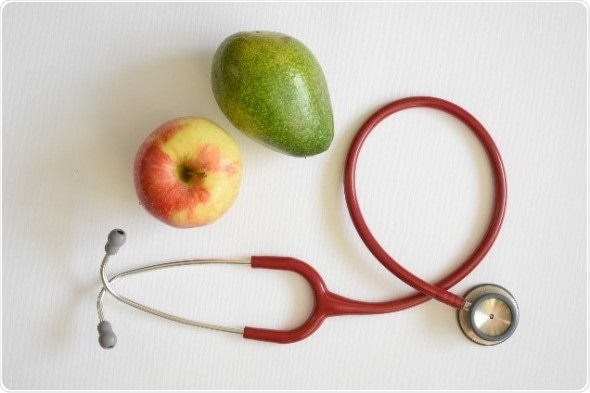Approximately $50 billion dollars of the annual healthcare cost of cardiometabolic disease in the US population could be associated with poor diet, according to a research article published this week in the open access journal PLOS Medicine. The results of the study, conducted by Renata Micha and Thomas Gaziano of Tufts University and the Brigham and Women’s Hospital, Boston, United States and colleagues, suggest that the highest costs associated with cardiometabolic disease may be attributable to suboptimal consumption of foods such as nuts and seeds, and seafood-derived omega-3 fats.

Image Credit: marijana1, Pixabay
While unhealthy diet contributes to the risk of developing diseases such as type 2 diabetes, stroke, and coronary heart disease, the related healthcare costs are unknown. In the new study, which was part of the National Institutes of Health- funded Food-PRICE (Policy Review and Intervention Cost Effectiveness) Project to improve diet-related health in the US population, Micha, Gaziano and colleagues used a microsimulation modeling approach to estimate cardiometabolic disease costs associated with suboptimal consumption of ten food groups in US adults between 35 and 85 years of age. In their model, the authors incorporated dietary intake and cardiovascular disease risk factor data from the 2009–2012 National Health and Nutrition Examination Survey (NHANES), a program of studies assessing health and nutrition in the US.
The study estimated that the annual cardiometabolic disease cost associated with suboptimal diet is $301 per person, and $50.4 billion for the US population, corresponding to 18.2% of the total cardiometabolic disease cost. Further, the results suggest that the largest estimated annual costs per person are associated with lower than recommended consumption of foods such as nuts and seeds ($81), and omega-3 fats derived from seafood ($76). It is important to note that the study diet data are derived from individuals’ recollections of recent food consumption, and could be subject to recall errors, or may not reflect an individual’s long-term dietary habits.
These results suggest that improvements in diet may help to reduce the cost burden associated with cardiometabolic diseases in the US. The authors explain that the high costs attributable to specific dietary groups in this study, such as nuts and seeds, are in part related to the fact that individual consumption of these food components is relatively low, noting that “…from the economic perspective, intervention policies focused not just on the benefit or harm of dietary factors, but also focused on how far the population is from achieving ideal consumption are more likely to have economic benefit.”
Source:
Journal reference:
Jardim, T.V., et al. (2019) Cardiometabolic disease costs associated with suboptimal diet in the United States: A cost analysis based on a microsimulation model. PLOS Medicine. doi.org/10.1371/journal.pmed.1002981.